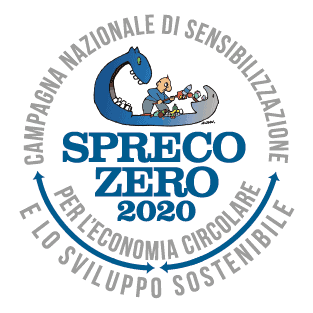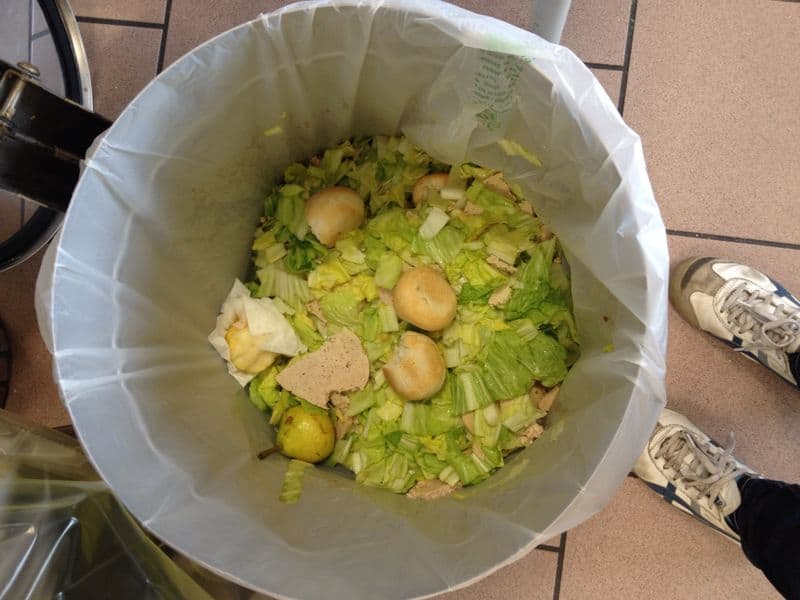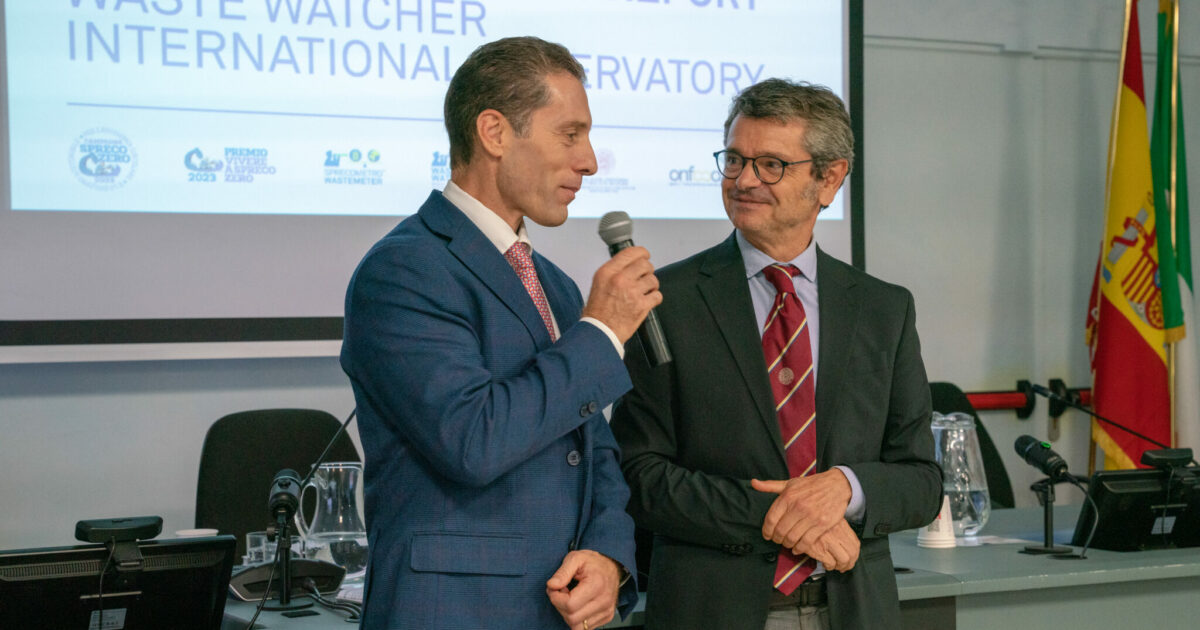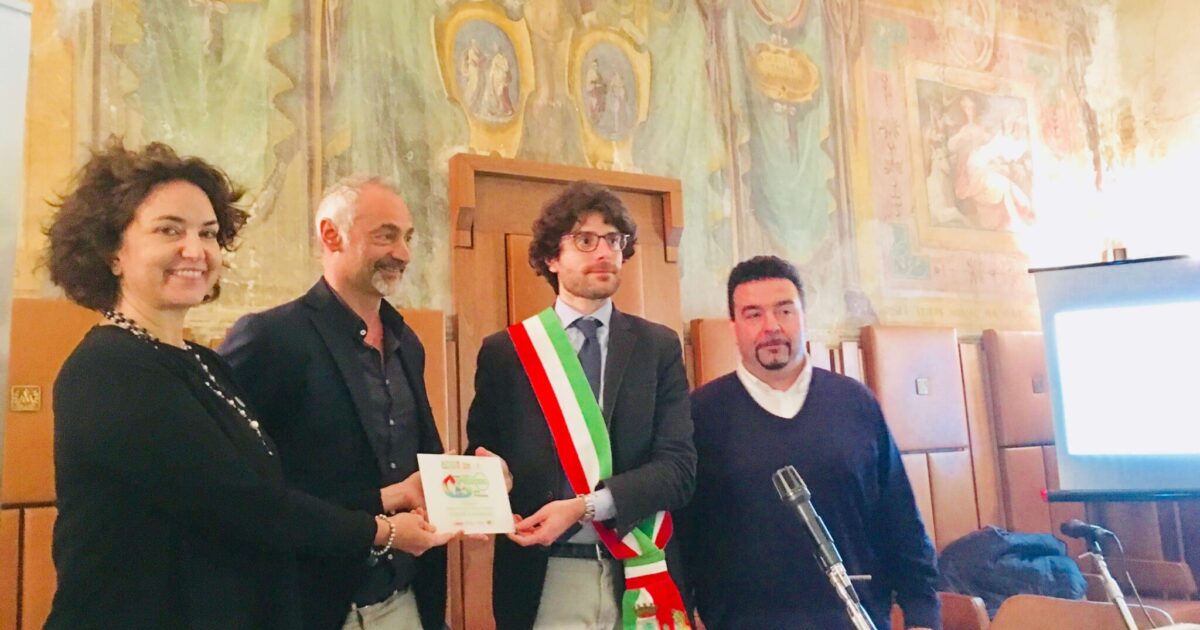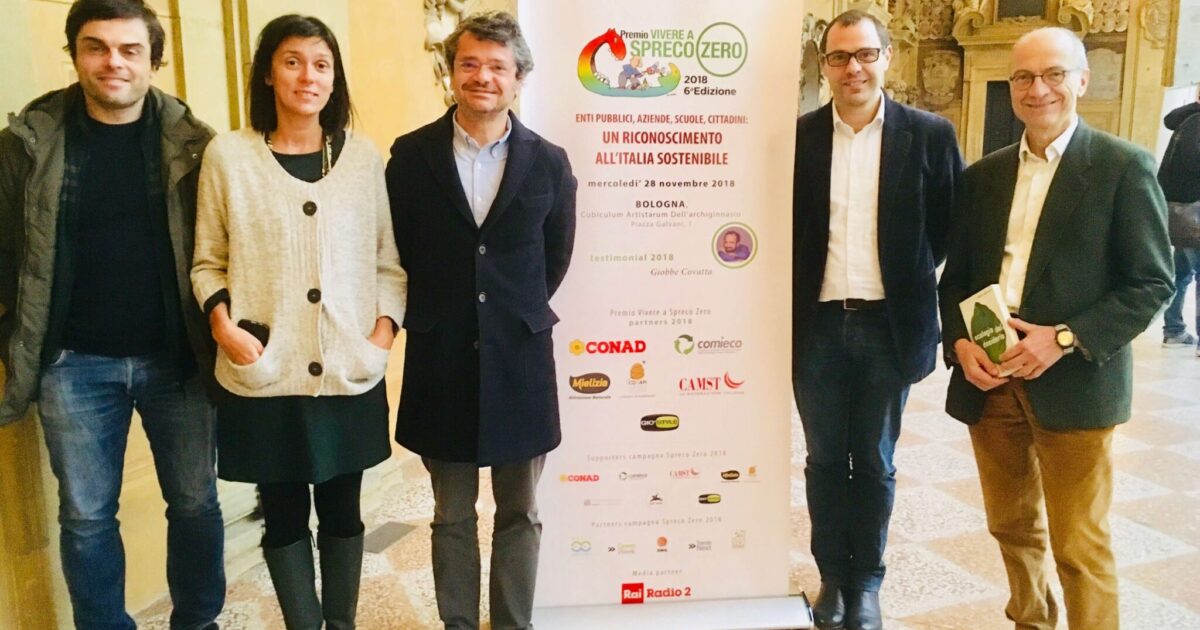Clara Cicatiello, Gruppo Noise, Università della Tuscia
If you have children, you may have a fairly clear perception of how much food is wasted in school canteens. The children’s tastes are hard to please, and even a balanced menu set by nutritionists often may not meet a great success. Not to mention the general parents’ criticism towards the companies that manage school meals, which are often blamed for the quality of the meals they provide.
But how much food is wasted, and what, and why? There are no concrete and reliable answers to these questions yet. Some information is provided by the so called “commissioni mensa”, groups of parents who regularly come into the refectory to check the quality of the meals. However, their job focuses more on children’s appreciation of meals rather than on quantity and causes of food waste.
To investigate the extent of this waste, then, we decided to go directly at the canteens. Not an easy task, given the short times in which the operations have to be completed and the bureaucratic constraints involved in this kind of research.
Yet, when we began to contact the sample of 25 selected primary schools in the Lazio Region, besides having to deal with problems and issues to be resolved, we found most of all a great enthusiasm towards our research. All the teachers have been so much positive and helpful, most of them were very happy that someone finally decided to study the issue of food waste at school.
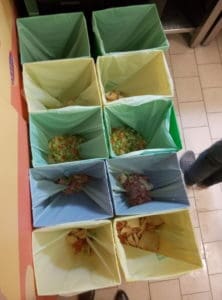
Perhaps even more surprising, the response of the companies that manage the meal service was very positive as well. We asked them to carry out a quite complicated procedure of weighting, which is really challenging when meals are prepared in-house – a very common situation in the schools of Rome and surroundings. Indeed, in this case, the companies involved have to weigh the quantity of food prepared, separately for each course, then weigh anything left after serving, and finally to provide the scale to weigh plate leftovers in the refectory. Given that they usually work counting the minutes, running to prepare the meal, serve it to children, clean up and start again with the next round of classes, we were pretty sure to find resistances. Instead, although with less enthusiasm, we found a strong willingness to collaborate in the activity, and a proactive approach in resolving any issue.
That’s the exciting (and challenging!) job we have carried out so far. We are now ready to start the monitoring activity itself, relying on the achievement of our first milestone: sharing the same goal with schools and companies.
Clara Cicatiello, Research Fellow, cicatiello@unitus.it

